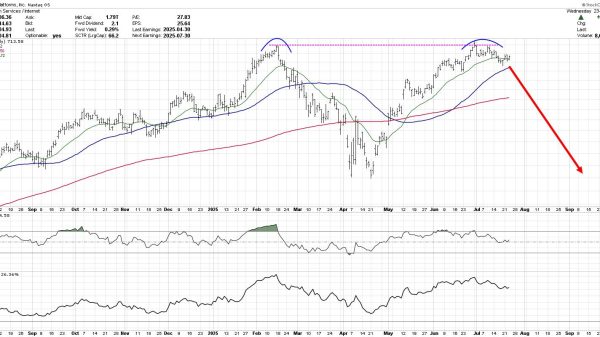The global sunsetting of 3G networks is well underway, and Asia is no exception. While countries like the U.S. and Australia led the charge years ago, many Asian markets—including Singapore, Malaysia, and parts of China and India—are now following suit, phasing out 3G to free up spectrum for faster, more efficient 4G LTE and 5G services.
But the big question remains: Are businesses in Asia truly ready for the 3G sunset? And for those in the IoT space, the urgency is even greater.
Why Is 3G Being Shut Down?
Simply put, 3G networks are outdated. Mobile operators are reallocating their spectrum and infrastructure investments toward newer technologies that can support higher data speeds, lower latency, and a greater number of connected devices.
For IoT, this shift has major implications. Many legacy devices—especially those deployed years ago in utilities, logistics, cold chain monitoring, and smart city infrastructure—still rely on 3G for connectivity. When that network goes dark, so do those devices.
The State of the 3G Sunset in Asia
The pace of shutdowns varies by country:
Singapore: Singtel, StarHub, and M1 have all announced complete 3G service termination by July 2025. Malaysia: The transition began in 2021, with telcos encouraging customers to migrate. India: Major carriers are phasing out 3G in favor of 4G/5G, but timelines vary by region. Philippines & Indonesia: Still in early phases, but pressure is mounting due to regional spectrum policy shifts.Despite the warnings, thousands of businesses have yet to act—either unaware of the impact or assuming their telco will handle it all.
What This Means for IoT Deployments
The end of 3G is not just a connectivity issue—it’s a business continuity risk. Here’s what’s at stake:
Device Downtime: Temperature sensors, fleet trackers, and smart meters will stop transmitting data if they rely on 3G. Service Disruptions: Real-time monitoring and alerts (e.g. cold chain compliance or facility alarms) may be lost, affecting SLA performance. Costly Emergency Upgrades: Businesses that delay may face rush charges, supply chain delays, or limited hardware availability when they eventually switch.Are You at Risk?
If your current devices or gateways were deployed before 2018, there’s a high chance they’re using 3G. Common affected sectors include:
Cold Chain Logistics Facility Monitoring & BMS Smart Metering (Water, Gas, Energy) Public Transport & GPS Systems Older Smart City InstallationsWhat You Can Do Now
Audit Your Assets: Identify all field devices still running on 3G. Check SIMs, modems, and network modules. Engage with Solution Providers Early: IoT integrators can help you assess your fleet and propose future-proof options like LTE-M, NB-IoT, or Cat-1. Plan for Transition: Budget and plan your migration in phases. Consider downtime, testing, and end-user impact. Future-Proof Your Network: Choose modular or upgradable devices that support newer network bands and technologies.Final Thoughts
The 3G shutdown is not a distant event—it’s already happening across Asia. Businesses that take a wait-and-see approach risk facing connectivity blackouts, operational disruptions, and unexpected costs.
The time to act is now.
If you’re unsure where to start, talk to an IoT specialist or system integrator who understands your industry’s specific challenges. Migrating from 3G might seem daunting, but with the right partner, it can be a seamless and strategic upgrade—one that puts your IoT infrastructure on stronger footing for the decade ahead.
The post 3G Shutdown in Asia: Are Businesses Really Ready? appeared first on IoT Business News.
























